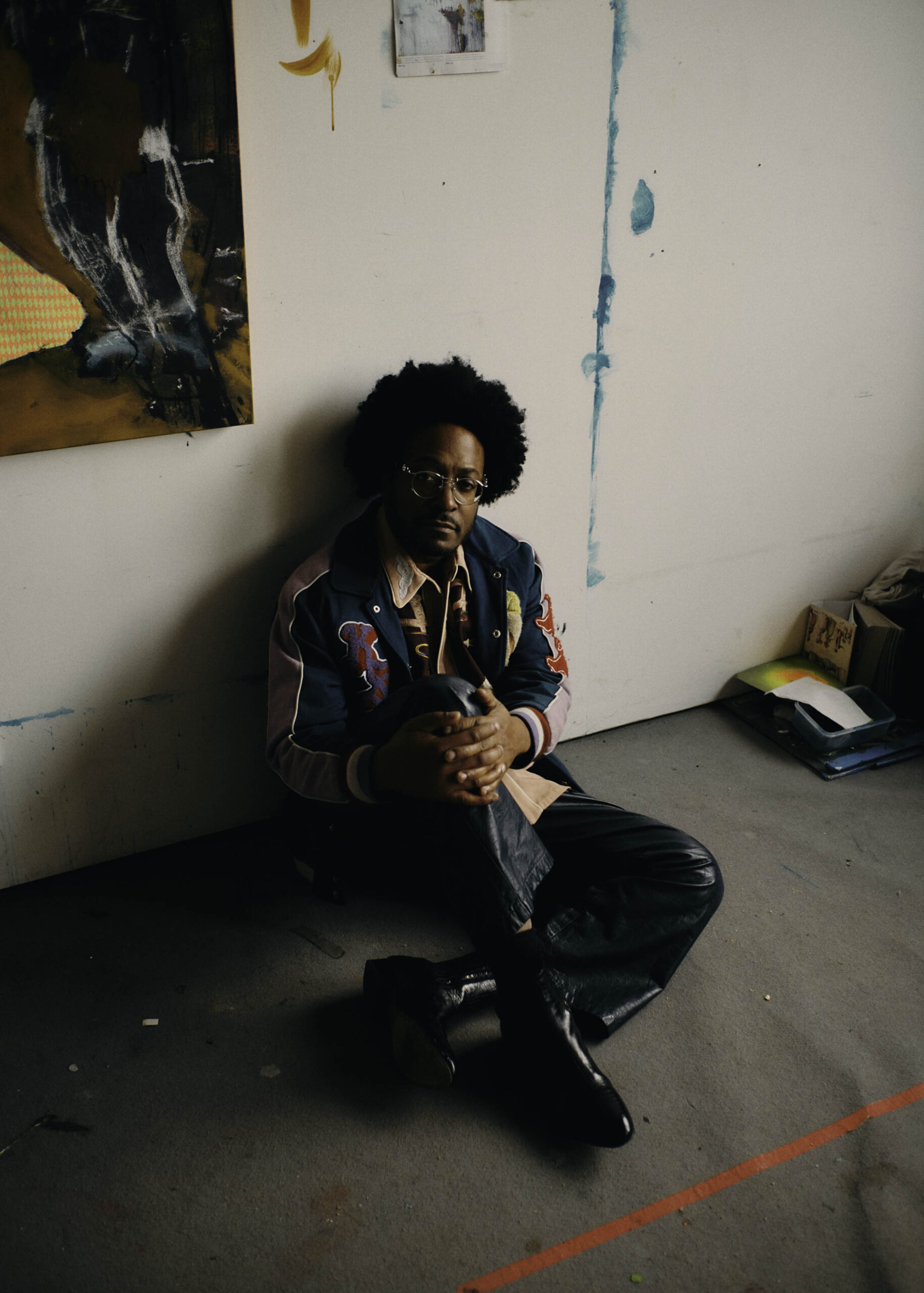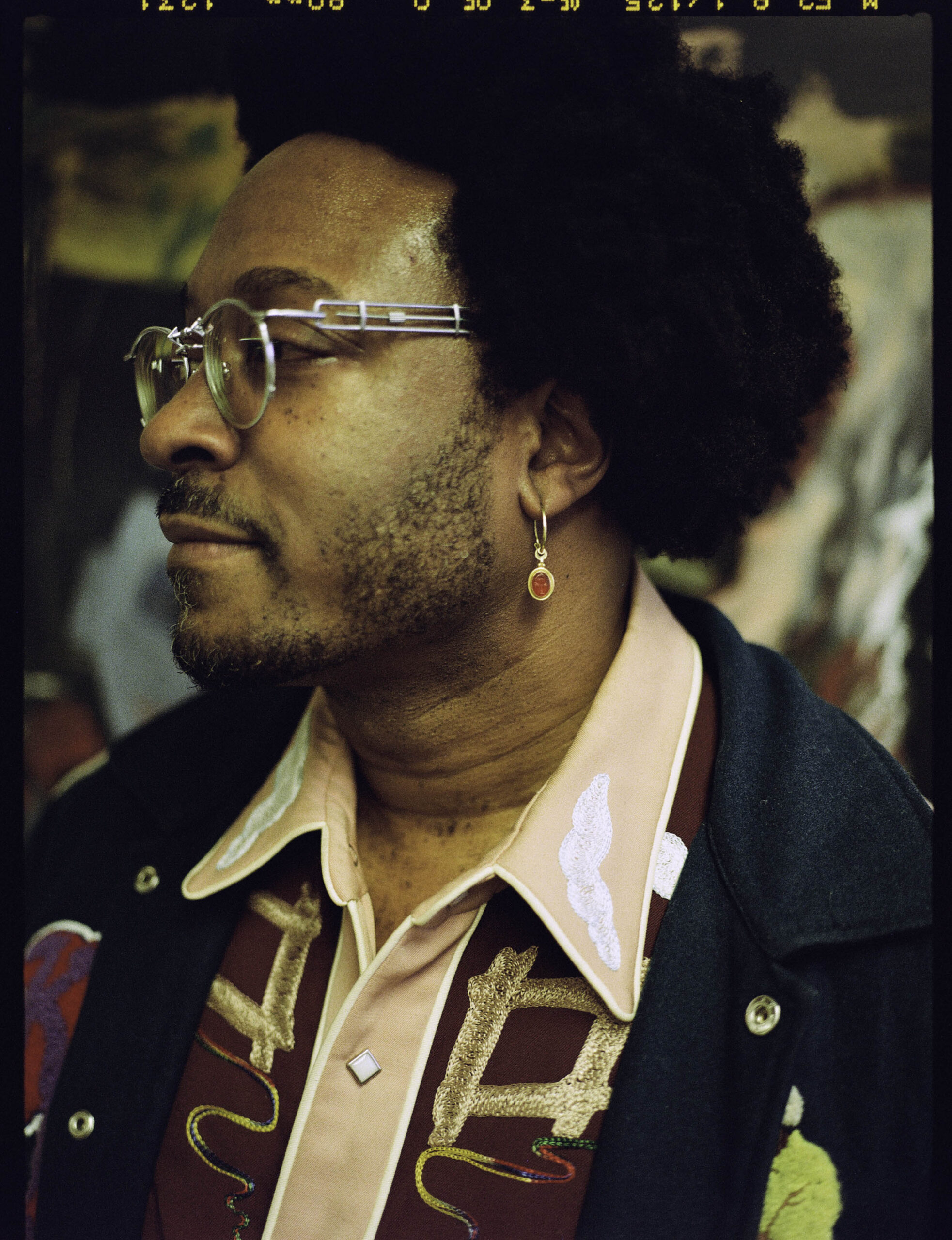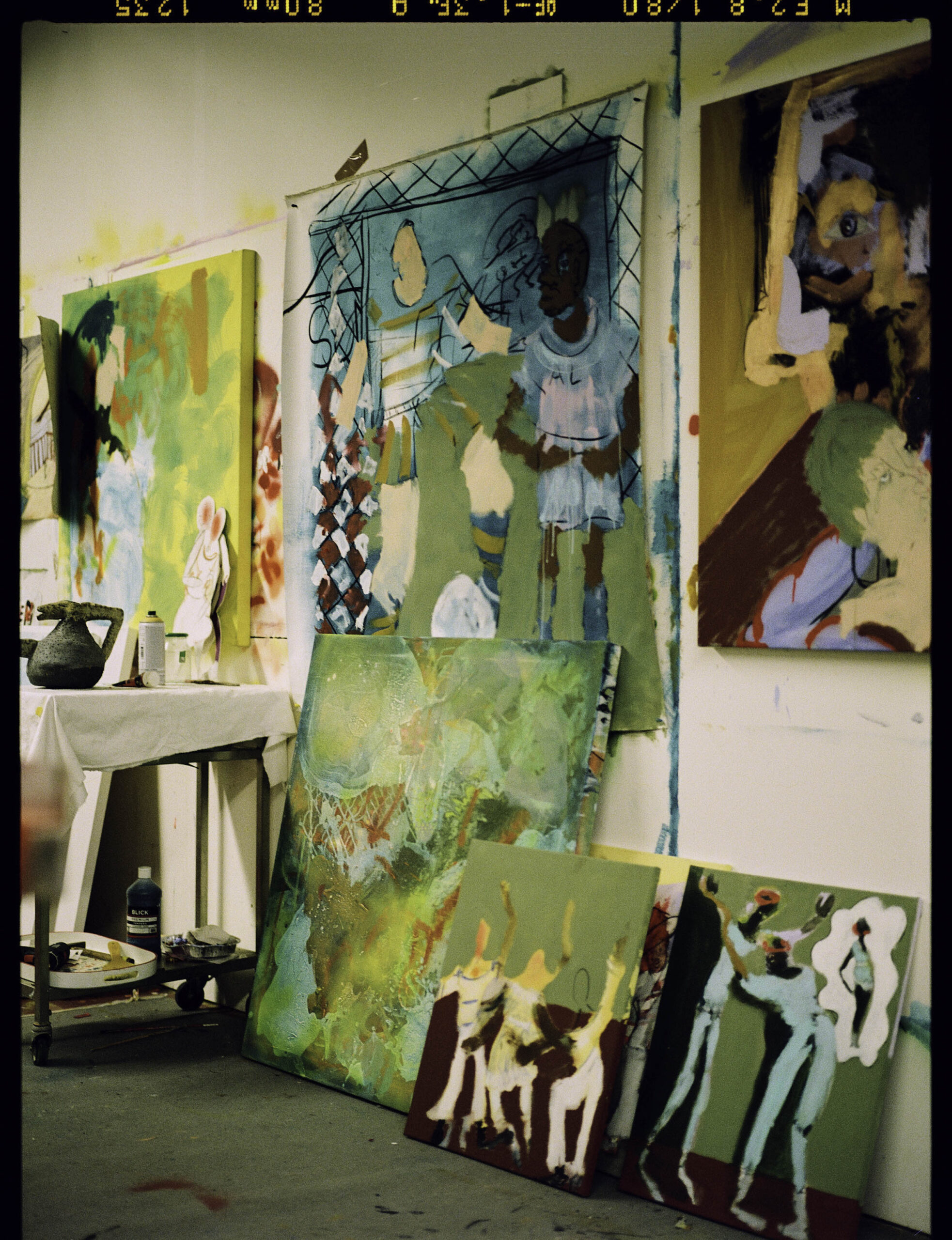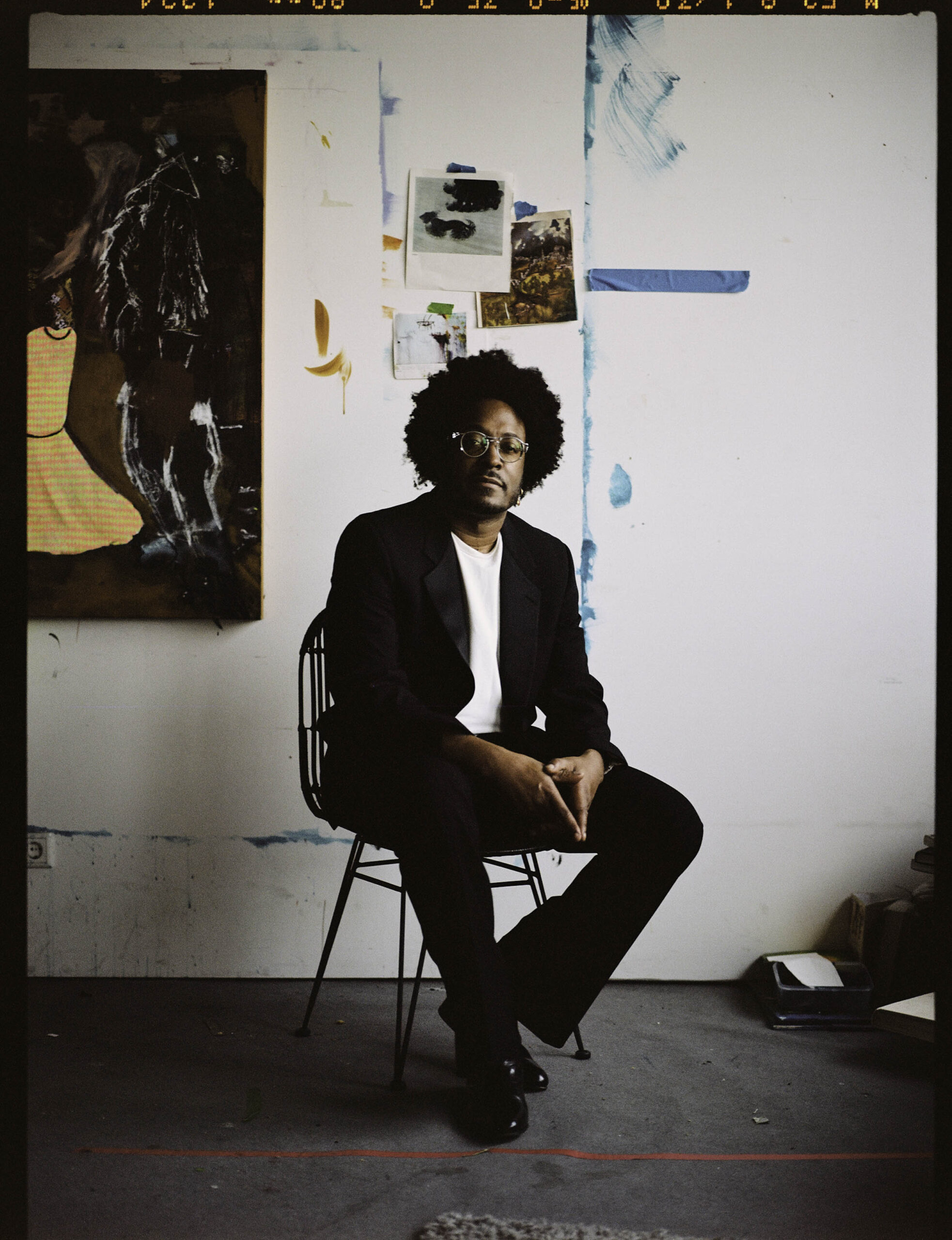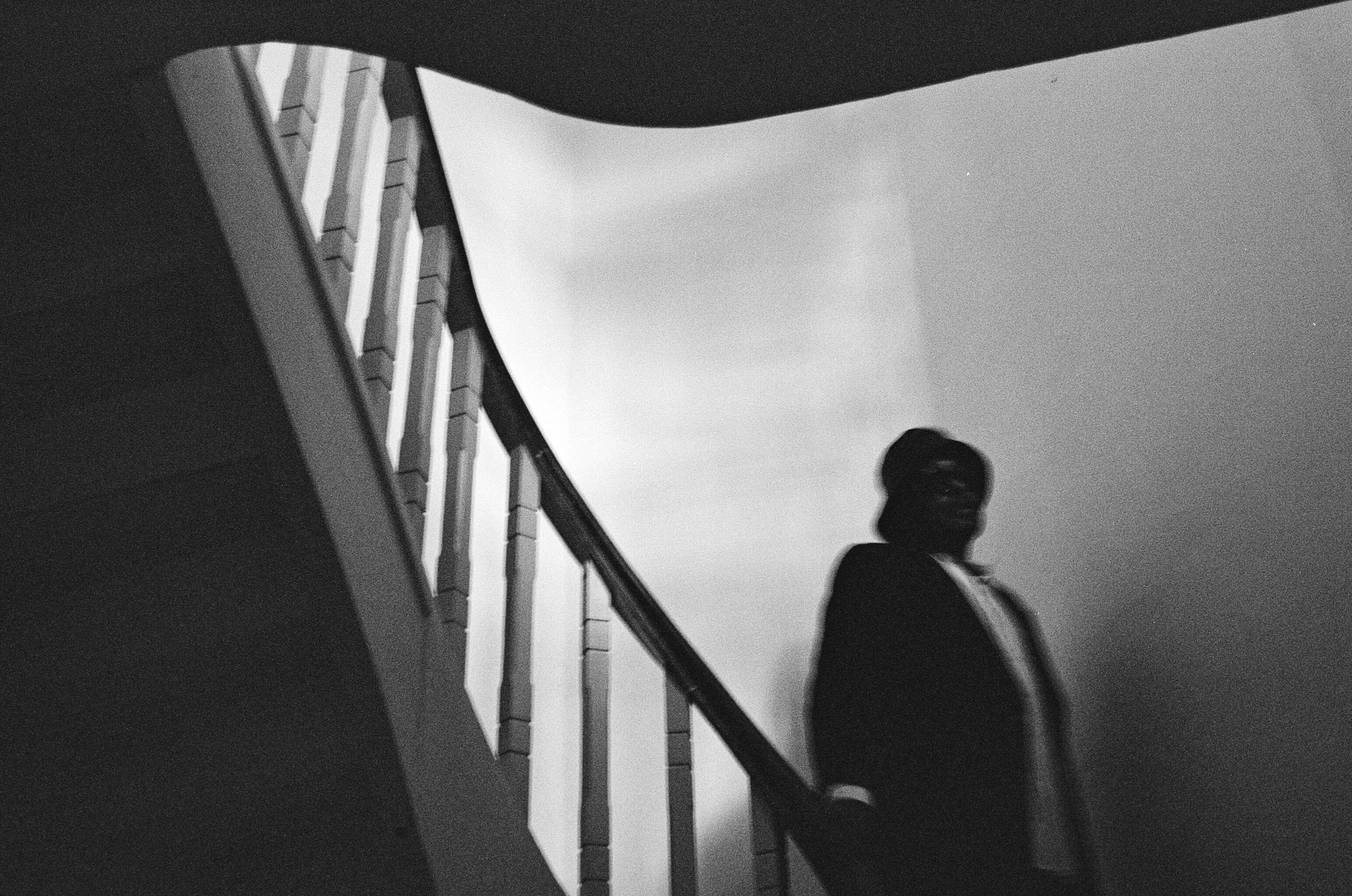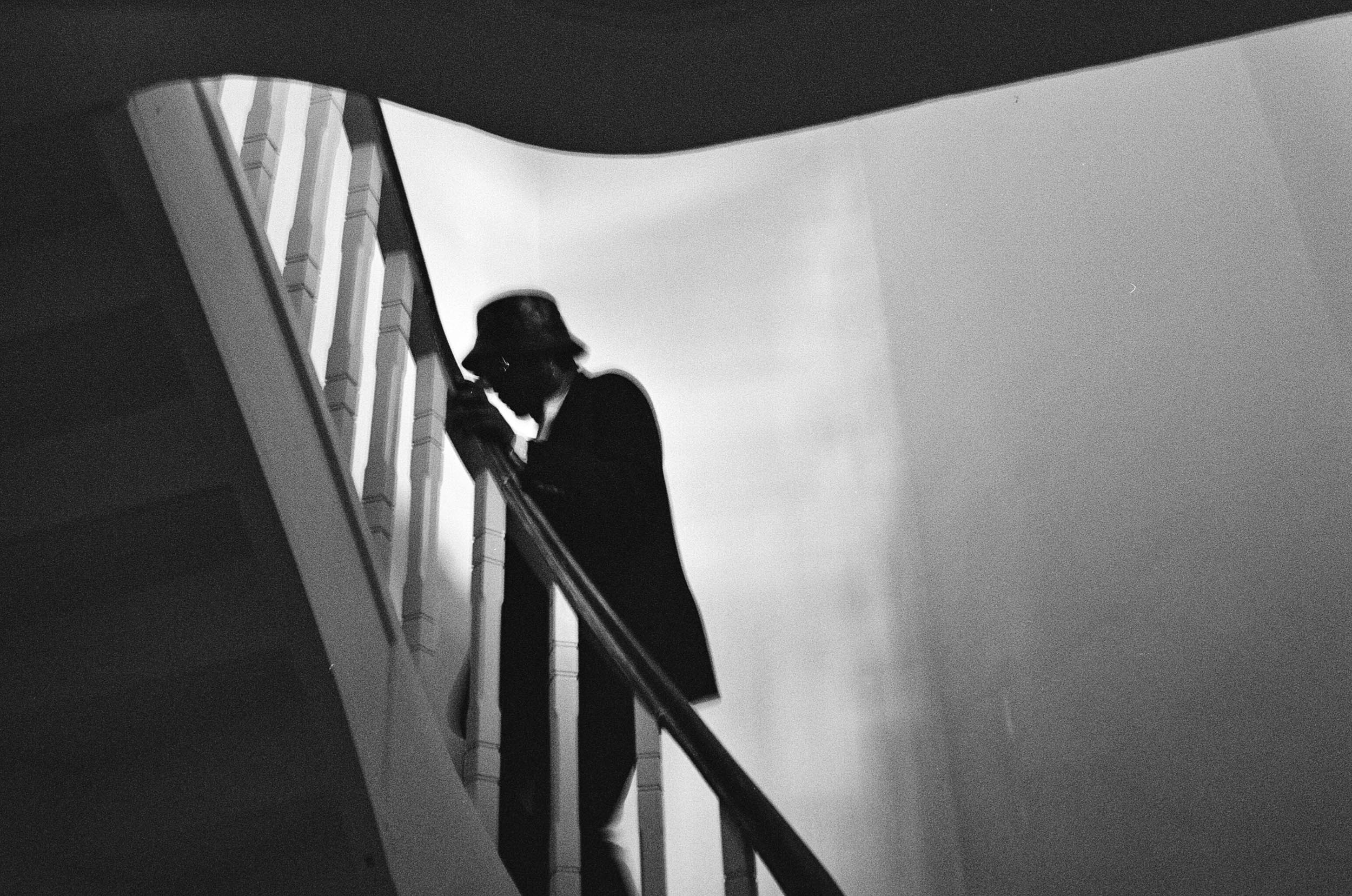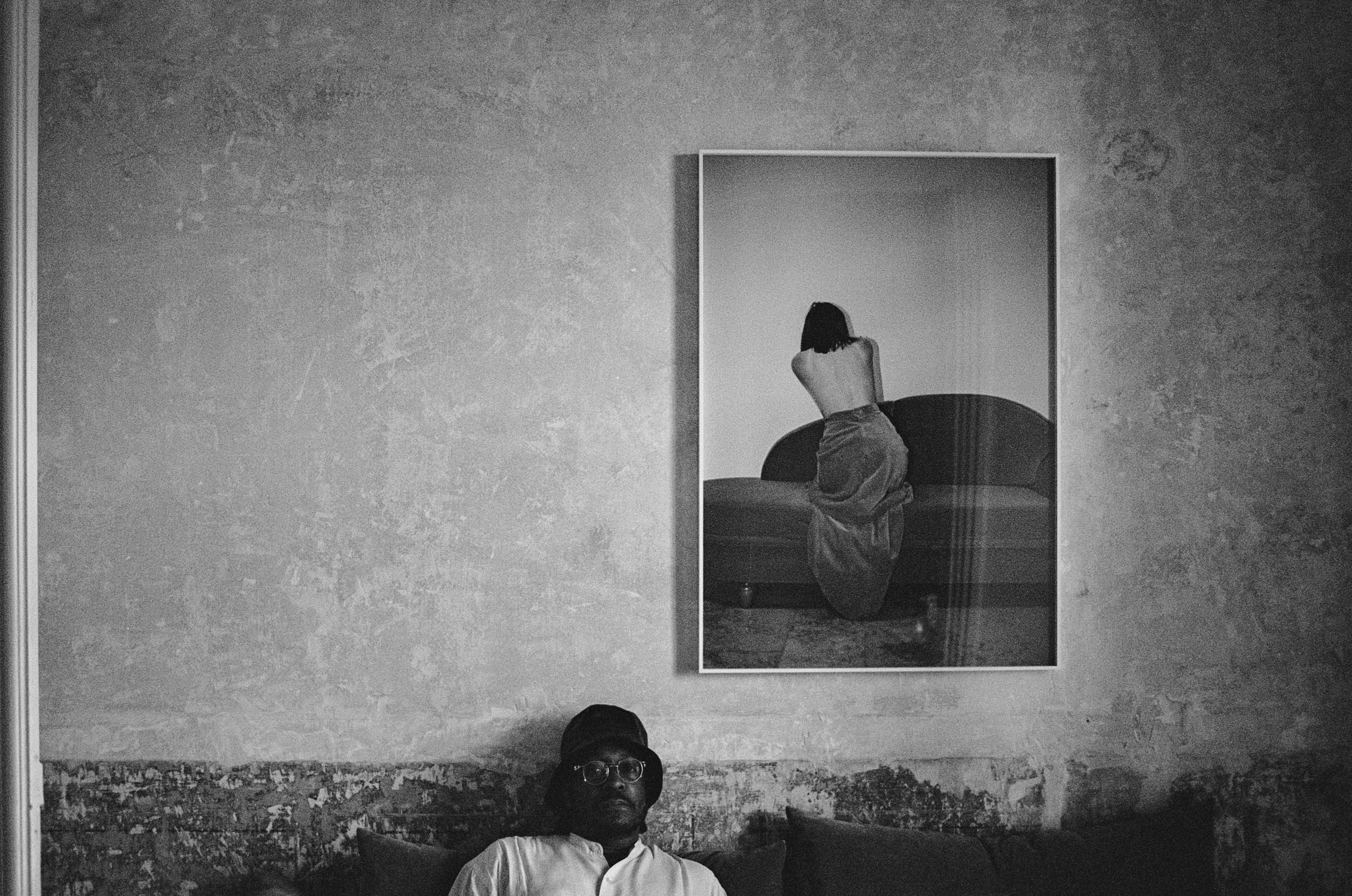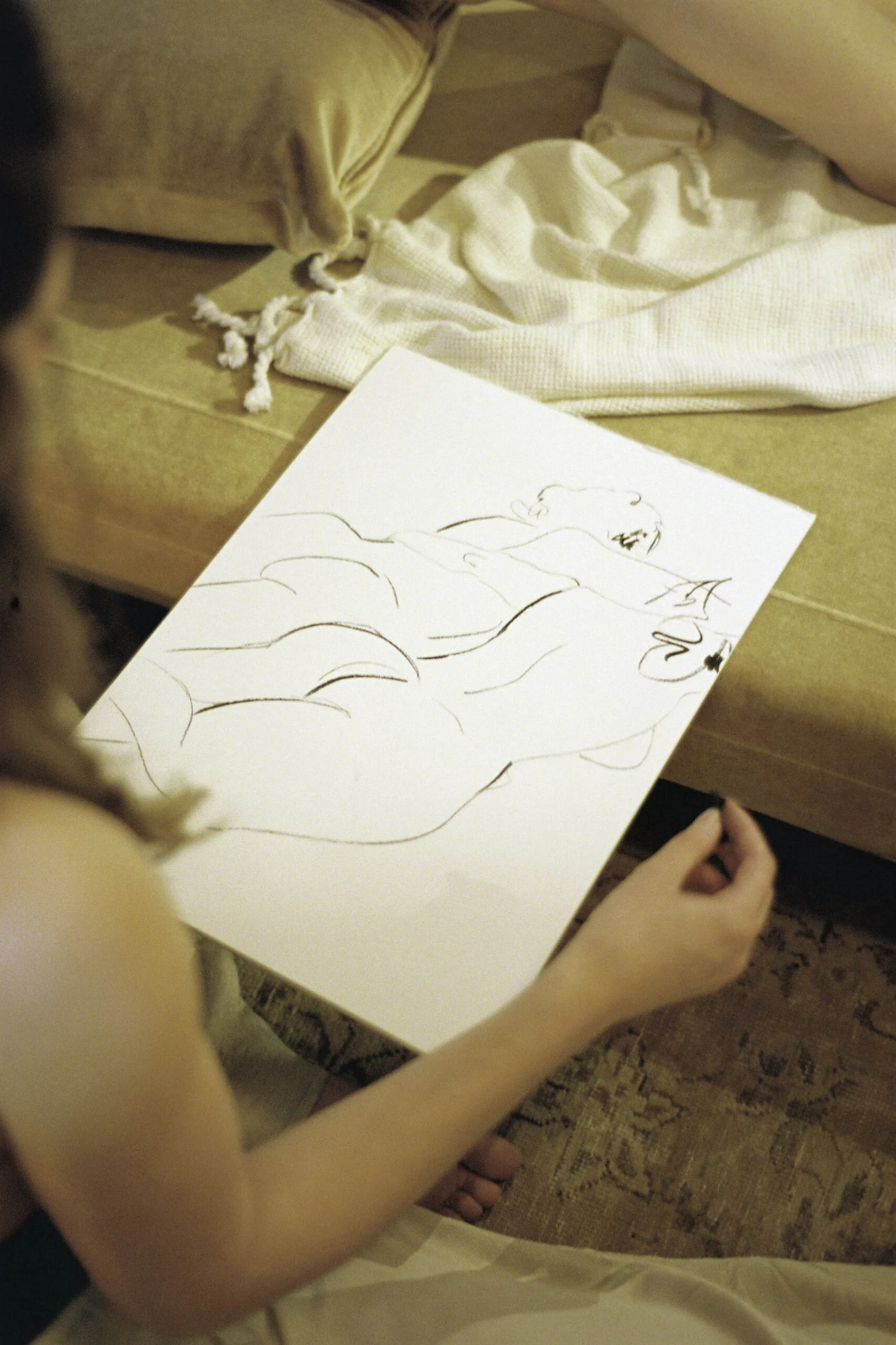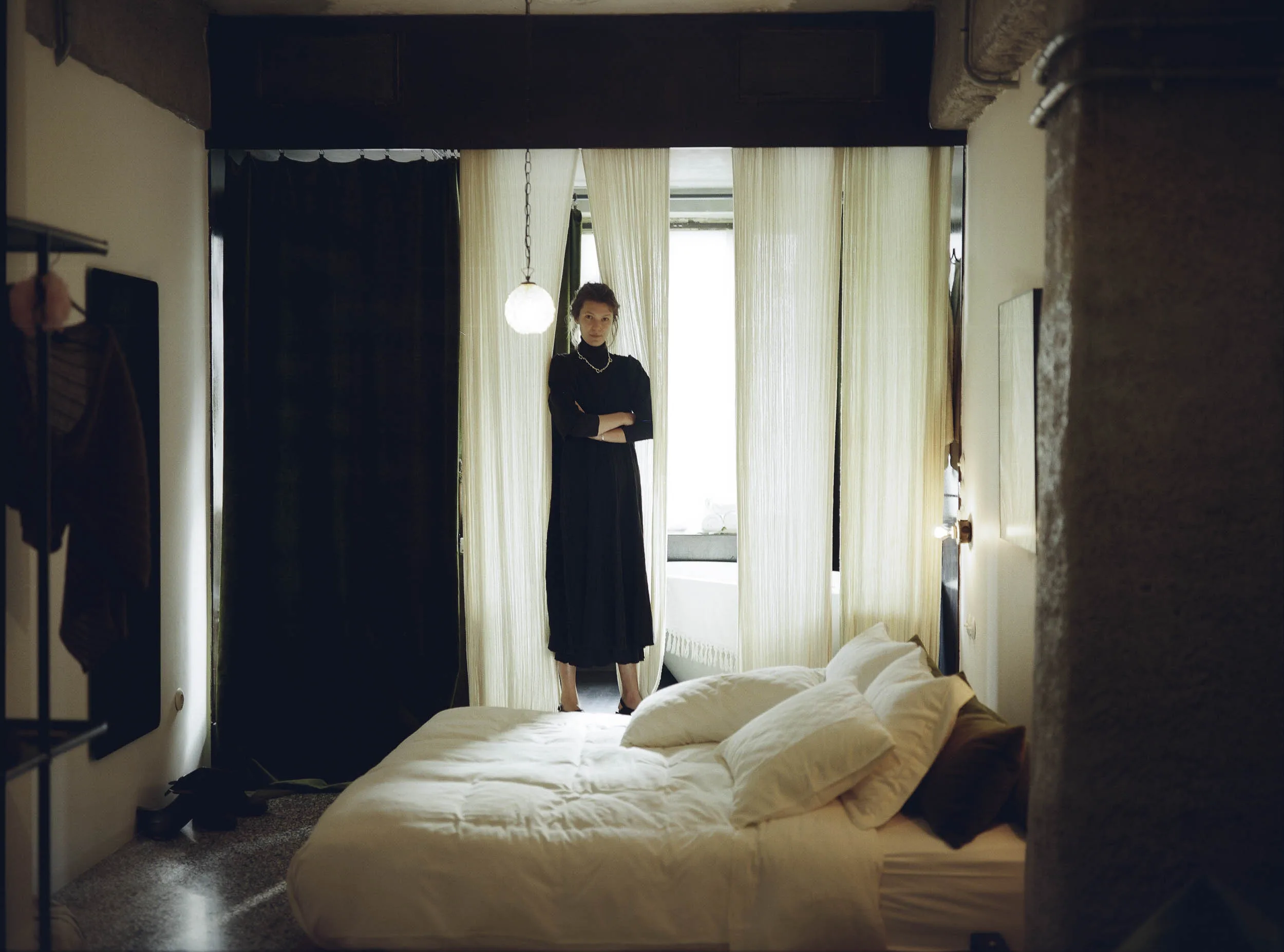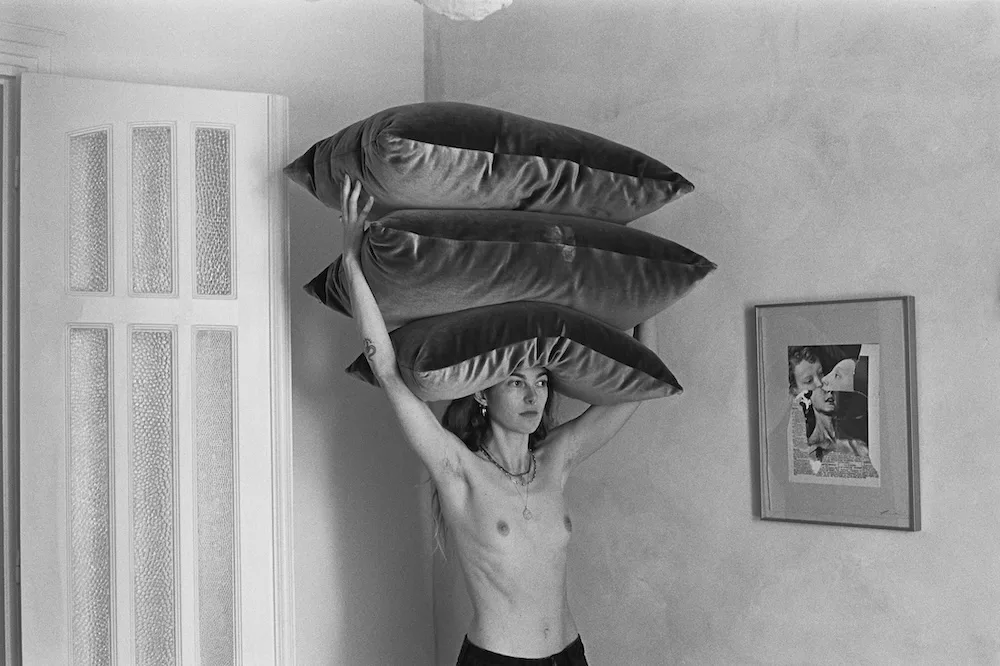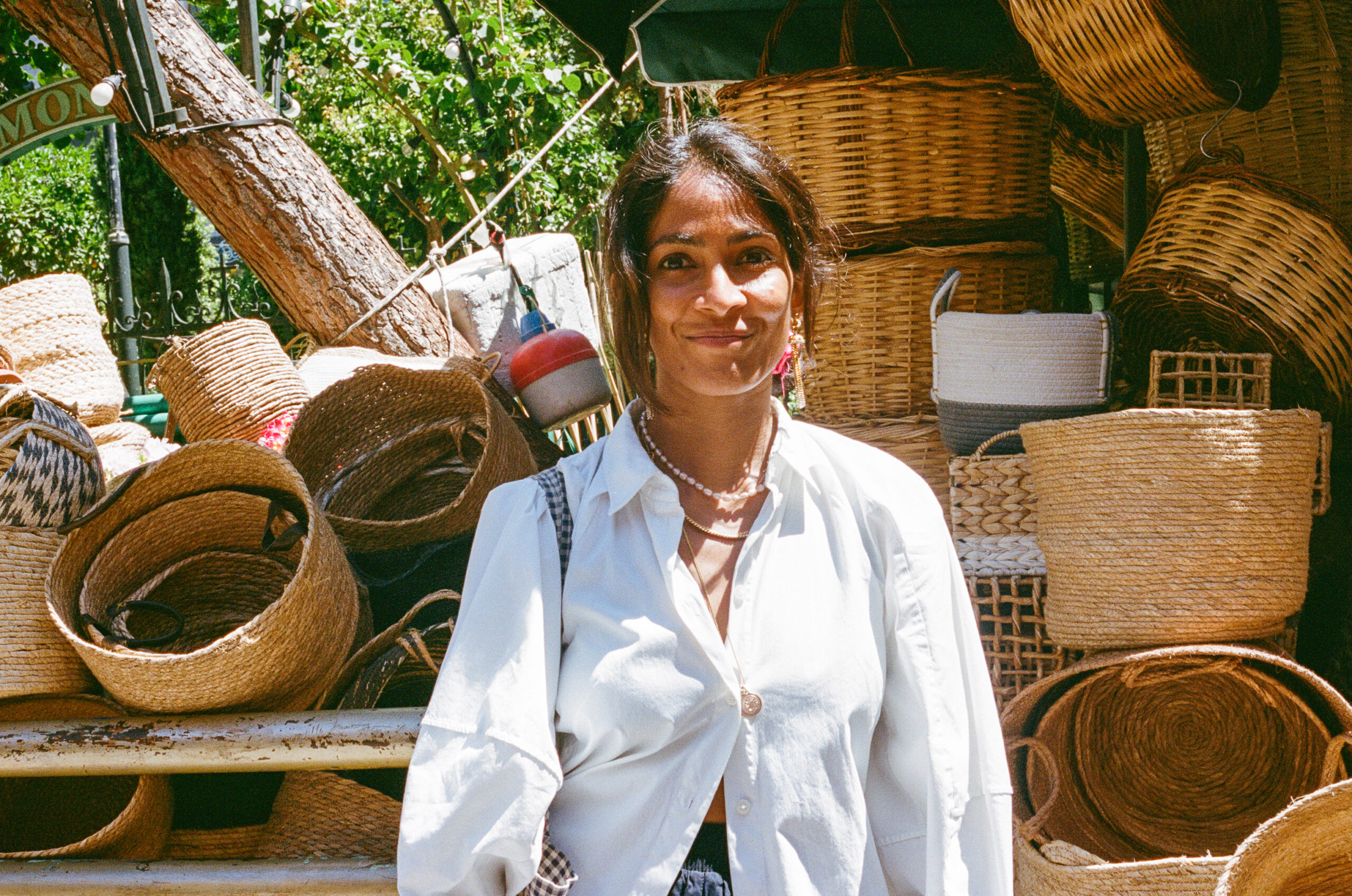HOS: Tell us a little about your path into the arts.
CS: It’s been one of perseverance, serendipity and a deep trust in cosmic timing
I started as a singer after developing an obsession for Prince and Bowie as a small child. I knew from a young age art would be my life.
HOS: What was it like growing up in Canada, and how did it shape the man you are today?
CS: Cold! I grew up in Alberta with minus 35 winters. That forced us to stay inside and let our imaginations run wild. To keep entertained as teens, my friends and I started a band and built a recording studio. Outside the house I grew up with cowboys, pickup trucks and hockey. Inside was Motown, calypso and breakdancing.
HOS: Your ancestral roots lie in Trinidad. How much does this inspire your work?
CS: Carnival is a great source of creative energy that has inspired me ever since my first time visiting as a child. It taught me the various ways of storytelling, be it song or costume or dance. I speak specifically to Trinidadian Carnival, which is a mashup of African and European traditions. My mixed ancestral roots allow me to address the conflicted nature of being many things.
HOS: How has becoming a father influenced your work?
CS: Felix has shown me how creating art can be playful. I can apply his freedom to my rigour. Also I used to just live in the studio and didn’t really make time for relationships or anything. All I wanted to do was work, now I want to play LEGO or build forts and dance to MJ on repeat.
“I grew up in Alberta with minus 35 winters. That forced us to stay inside and let our imaginations run wild”.
